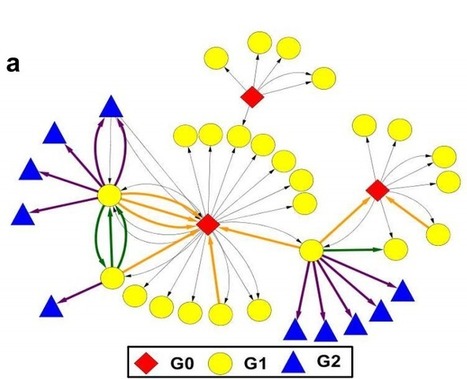Mining the mobile phone data from 10 million people over 4 years reveals the subtle changes that occur in the flow of information when disaster strikes, say network scientistsscientists.
...More interesting, however, is what happens next. It’s easy to imagine that the first thing the group of friends and relatives do next is contact other people to spread the news that a disaster has struck.
But instead, the next call they make tends to be straight back to the person involved in the emergency situation. This is completely different to the normal behaviour where the likelihood of returning a call is significantly lower. Indeed, a call made during a concert is less likely than usual to get a call back.
Liang and co conclude that the need for correspondence with eyewitnesses is more critical than the dissemination of situational awareness during emergencies.” In other words, the desire to want to find out more trumps the need to pass on what they already know. At least in emergency situations....
Via Jeff Domansky



 Your new post is loading...
Your new post is loading...








Fascinating research worth studying by crisis managers.
Este es buenejemplo de analisis de puntos criticos